Home>Ideas and Tips>Indoor Air Purifying Plants: NASA’s Top Picks For Your Home
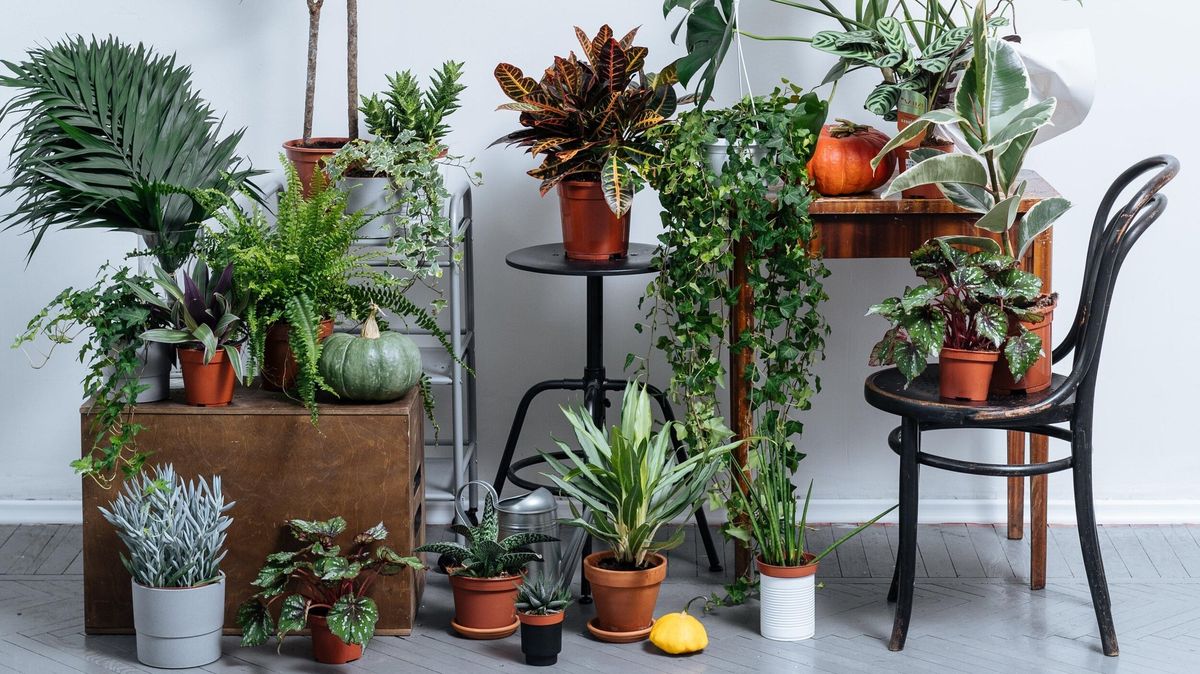

Ideas and Tips
Indoor Air Purifying Plants: NASA’s Top Picks For Your Home
Published: October 28, 2024
Discover NASA's top indoor air-purifying plants to enhance your home's air quality and aesthetic appeal. Learn which plants are best for your space.
(Many of the links in this article redirect to a specific reviewed product. Your purchase of these products through affiliate links helps to generate commission for Storables.com, at no extra cost. Learn more)
As we spend more than 90% of our time indoors, maintaining good air quality is crucial for our health and well-being. Indoor air pollution can be caused by a variety of factors including furnishings, upholstery, synthetic building materials, and cleaning products. However, there is a natural and effective way to improve indoor air quality: using air-purifying plants. In this article, we will delve into the best air-purifying plants recommended by NASA, their benefits, and how to incorporate them into your home.
The Science Behind Air-Purifying Plants
NASA's Clean Air Study, conducted in association with the Associated Landscape Contractors of America (ALCA), aimed to identify plants that could effectively remove toxic agents from the air. The study found that certain common indoor plants are capable of neutralizing pollutants such as benzene, formaldehyde, and trichloroethylene, which are linked to health effects like headaches and eye irritation.
The study evaluated the leaves, roots, soil, and associated microorganisms of plants as a means of reducing indoor air pollutants. It proposed a novel approach combining plants with an activated carbon filter to remove high concentrations of indoor air pollutants. This method leverages the ability of plant roots and their associated microorganisms to destroy pathogenic viruses, bacteria, and organic chemicals, eventually converting these pollutants into new plant tissue.
NASA's Top Air-Purifying Plants
Here are some of the top air-purifying plants recommended by NASA, ranked in order of their effectiveness in a typical home:
-
Areca Palm (Chrysalidocarpus lutescens)
- The Areca Palm is one of the most effective air-purifying plants. It is native to Madagascar and can tolerate indoor spaces with filtered light. This plant is easy to grow and requires little maintenance. It effectively removes carbon monoxide, trichloroethylene, benzene, and xylene from the air.
-
Lady Palm (Rhapis excelsa)
- The Lady Palm is another highly effective plant for indoor air purification. It is known for its ability to remove benzene, formaldehyde, and trichloroethylene from the air. It prefers well-drained soil and indirect sunlight.
-
Bamboo Palm (Chamaedorea seifrizii)
- The Bamboo Palm is a popular choice for indoor spaces due to its ability to purify the air by removing benzene, formaldehyde, and trichloroethylene. It thrives in well-drained soil and indirect sunlight.
-
Rubber Plant (Ficus robusta)
- The Rubber Plant is known for its large leaves and ability to purify the air by removing formaldehyde and other toxins. It prefers well-drained soil and indirect sunlight.
-
English Ivy (Hedera helix)
- English Ivy is a versatile plant that can be trained to climb walls or left to trail. It effectively removes benzene, formaldehyde, and trichloroethylene from the air. It prefers well-drained soil and indirect sunlight.
-
Dwarf Date Palm (Phoenix roebelenii)
- The Dwarf Date Palm is a compact plant that can thrive in indoor spaces. It effectively removes benzene, formaldehyde, and trichloroethylene from the air. It prefers well-drained soil and indirect sunlight.
-
Boston Fern (Nephrolepis exaltata)
- The Boston Fern is a popular choice for hanging baskets due to its ability to purify the air by removing cigarette smoke, formaldehyde, toluene, xylene, and benzene. It prefers high humidity and indirect sunlight.
-
Peace Lily (Spathiphyllum)
- The Peace Lily is known for its elegant white blooms and ability to purify the air by removing ammonia, trichloroethylene, benzene, formaldehyde, and xylene. It prefers well-drained soil and medium to low light conditions.
-
Golden Pothos (Epipremnum aureum)
- The Golden Pothos is an adaptable plant that can thrive in various lighting conditions. It effectively removes benzene, formaldehyde, and trichloroethylene from the air. It prefers well-drained soil and can be trained to climb walls or left to trail.
-
Spider Plant (Chlorophytum comosum)
- The Spider Plant is an easy-to-maintain plant that is perfect for beginners. It effectively removes formaldehyde and xylene from the air. It prefers well-drained soil and indirect sunlight.
-
Chinese Evergreen (Aglaonema crispum)
- The Chinese Evergreen is a low-maintenance plant that can thrive in low-light conditions. It effectively removes benzene, formaldehyde, and trichloroethylene from the air.
-
Anthurium (Anthurium andraeanum)
- The Anthurium is known for its long-lasting flowers and ability to purify the air by removing benzene, formaldehyde, and trichloroethylene. It prefers well-drained soil and medium to high light conditions.
-
Croton (Codiaeum variegatum pictum)
- The Croton is a colorful plant that can add a pop of color to any room. It effectively removes benzene, formaldehyde, and trichloroethylene from the air. It prefers well-drained soil and medium to high light conditions.
-
Poinsettia (Euphorbia pulcherrima)
- The Poinsettia is a festive plant that is often associated with Christmas. It effectively removes benzene, formaldehyde, and trichloroethylene from the air. It prefers well-drained soil and medium to high light conditions.
-
Aloe Vera (Aloe barbadensis)
- The Aloe Vera is a versatile plant that is known for its medicinal properties. It effectively removes benzene, formaldehyde, and trichloroethylene from the air. It prefers well-drained soil and indirect sunlight.
-
Kalanchoe (Kalanchoe blossfeldiana)
- The Kalanchoe is a small succulent that can add a touch of color to any room. It effectively removes benzene, formaldehyde, and trichloroethylene from the air. It prefers well-drained soil and indirect sunlight.
How Many Plants Do You Need?
While one plant can make a difference, NASA recommends having at least one plant per 100 square feet of home or office space. This means that for a typical home of about 1800 square feet, you would need around 15-18 plants. However, the exact number depends on the size and efficiency of the plants you choose.
Tips for Choosing the Right Plants
-
Lighting Conditions
- Different plants have different lighting requirements. Some plants prefer bright sunlight, while others thrive in low-light conditions. Make sure to choose plants that match your home's lighting conditions.
-
Maintenance Level
- Some plants are low-maintenance and can thrive with minimal care, while others require more attention. Choose plants that fit your lifestyle and maintenance level.
-
Toxicity
- Some plants are toxic to pets and children. Always check the toxicity of a plant before bringing it into your home.
-
Space
- Consider the space available in your home when choosing plants. Hanging baskets or compact plants are ideal for small spaces.
Incorporating Air-Purifying Plants into Your Home
-
Living Room
- The living room is often the central hub of the home. Adding air-purifying plants like the Areca Palm or Dragon Tree can not only improve air quality but also enhance the aesthetic appeal of the room.
-
Bedroom
- A bedroom is a place where you spend a significant amount of time. Adding plants like the Peace Lily or Spider Plant can create a calming and purifying environment.
-
Home Office
- A home office is a space where you work and focus. Adding plants like the English Ivy or Chinese Evergreen can improve concentration and productivity.
-
Children’s Playroom
- A children’s playroom is a space where kids spend most of their time. Adding plants like the Poinsettia or Kalanchoe can create a fun and educational environment while also improving air quality.
Read more: The Best Indoor Plants For Air Purification
Additional Benefits of Air-Purifying Plants
-
Mental Health
- Studies have shown that having plants in the home can reduce stress levels and improve mental health. Hospital patients with plants in their rooms were more positive and had lower blood pressure.
-
Productivity
- Plants can also improve productivity by reducing mental fatigue. Adding plants to your workspace can help you stay alert and focused.
-
Aesthetic Appeal
- Beyond their air-purifying benefits, plants can also enhance the aesthetic appeal of any room. They come in a variety of shapes, sizes, and colors, making them versatile decorative elements.
Conclusion
Incorporating air-purifying plants into your home is a simple yet effective way to improve indoor air quality. By choosing the right plants for your space and following some basic care tips, you can create a healthier and more beautiful living environment. Remember, while one plant can make a difference, having multiple plants can significantly enhance the air-purifying effects. So go ahead and bring some greenery into your home – your health and well-being will thank you
Was this page helpful?
At Storables.com, we guarantee accurate and reliable information. Our content, validated by Expert Board Contributors, is crafted following stringent Editorial Policies. We're committed to providing you with well-researched, expert-backed insights for all your informational needs.

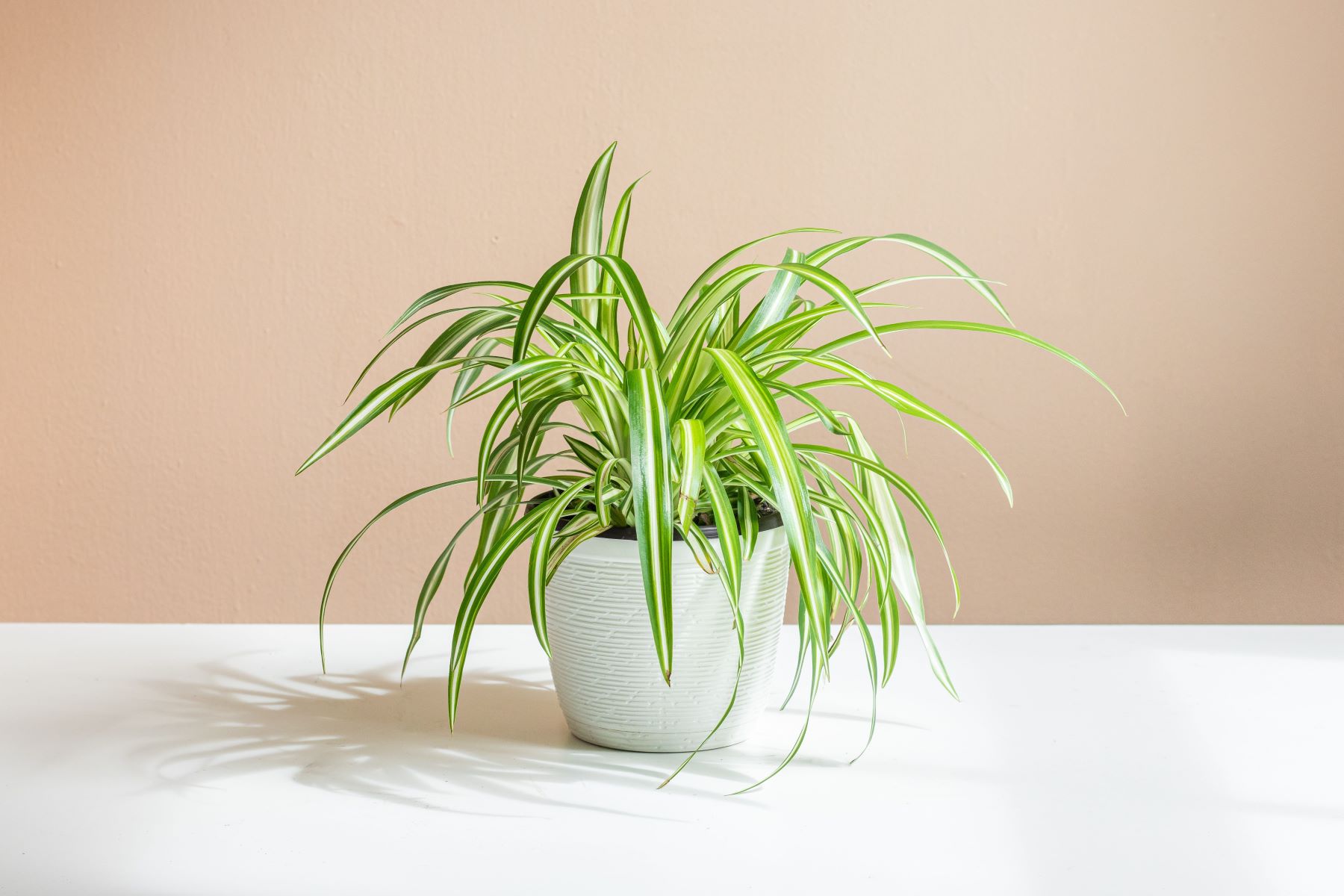
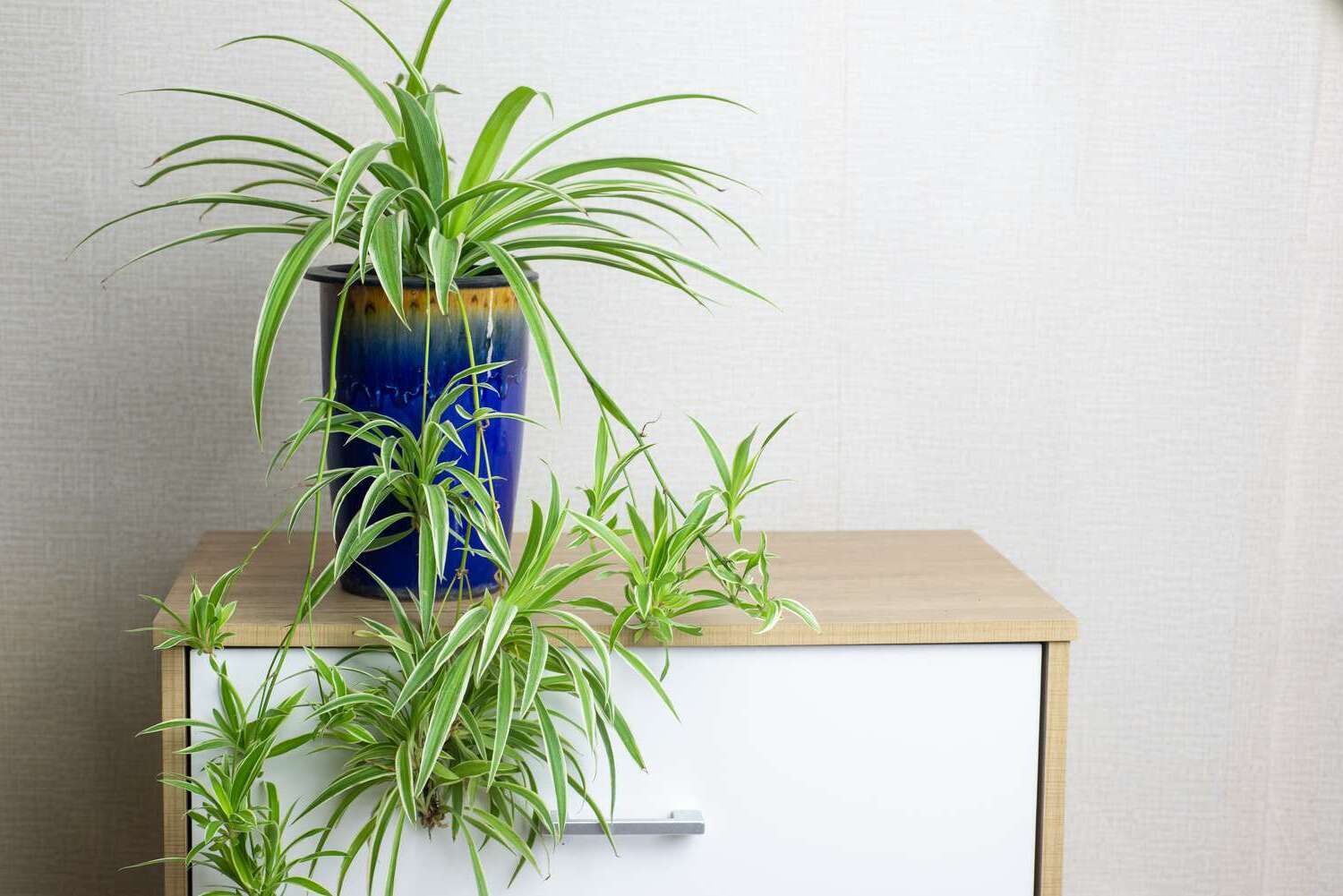
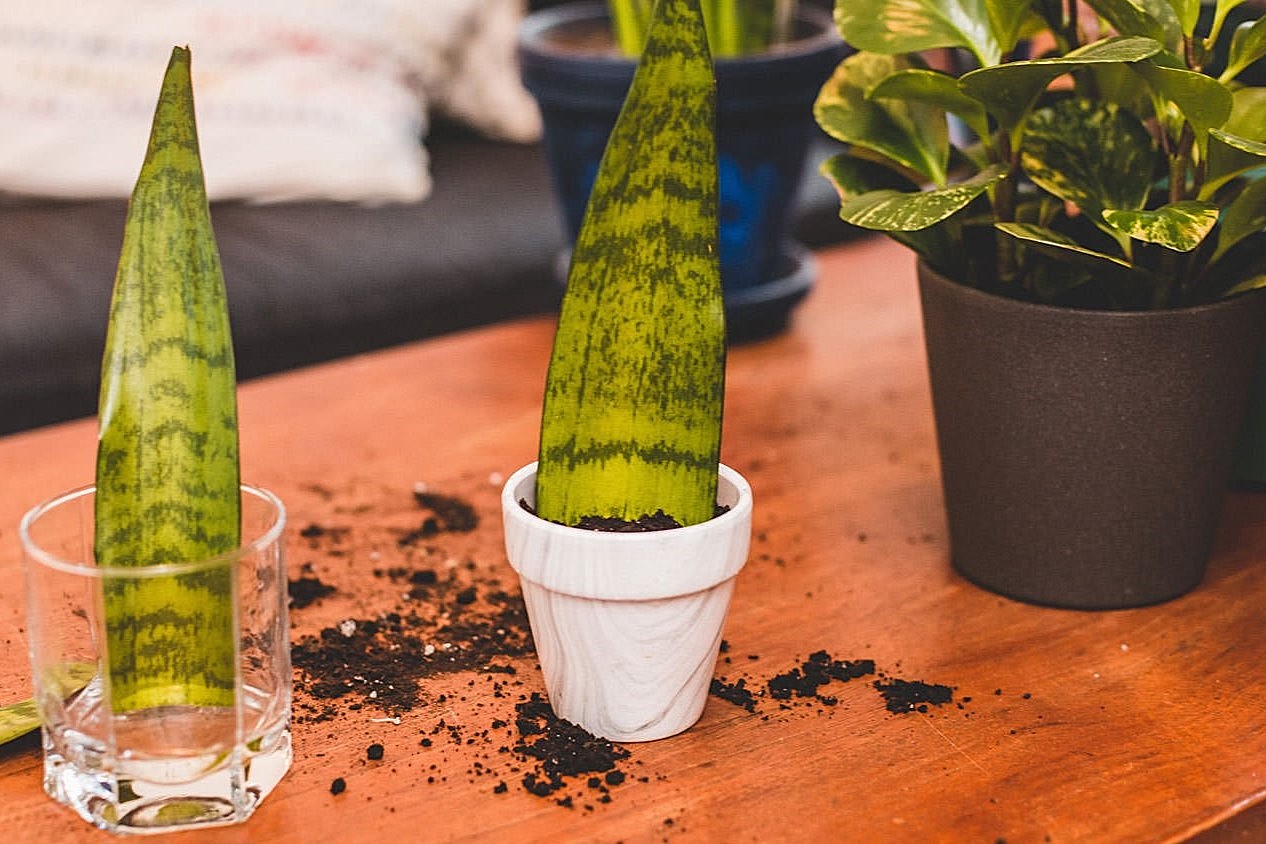
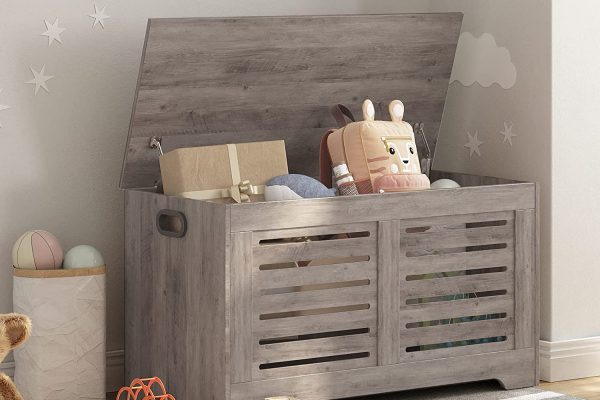

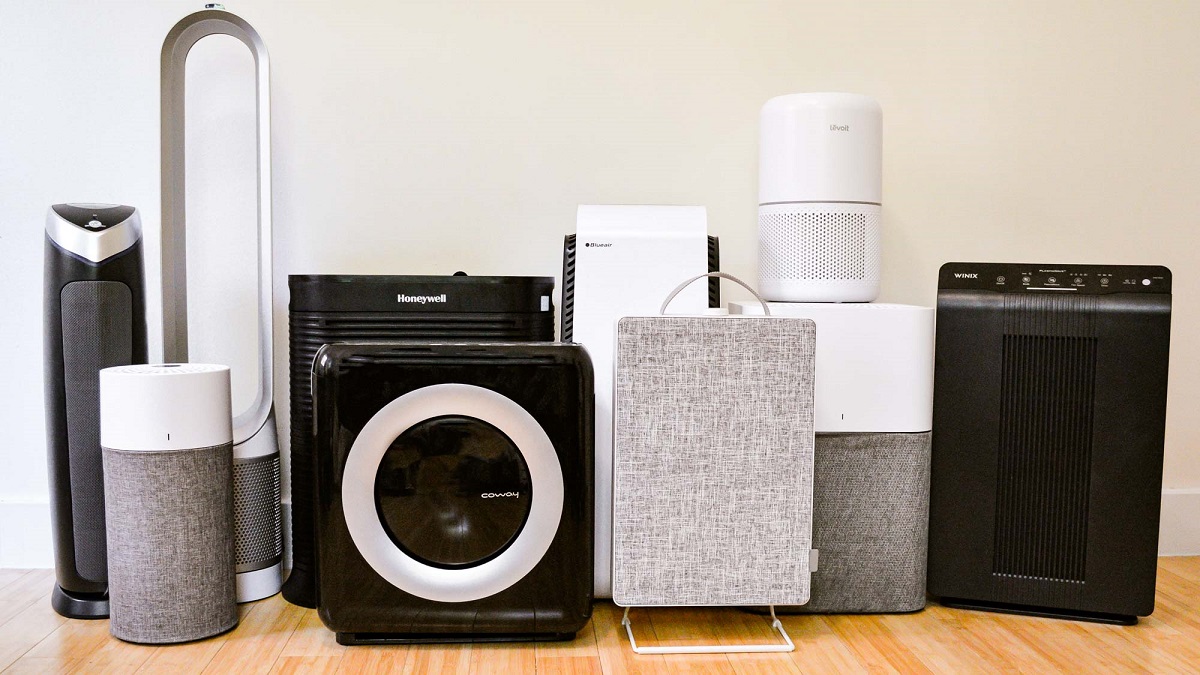
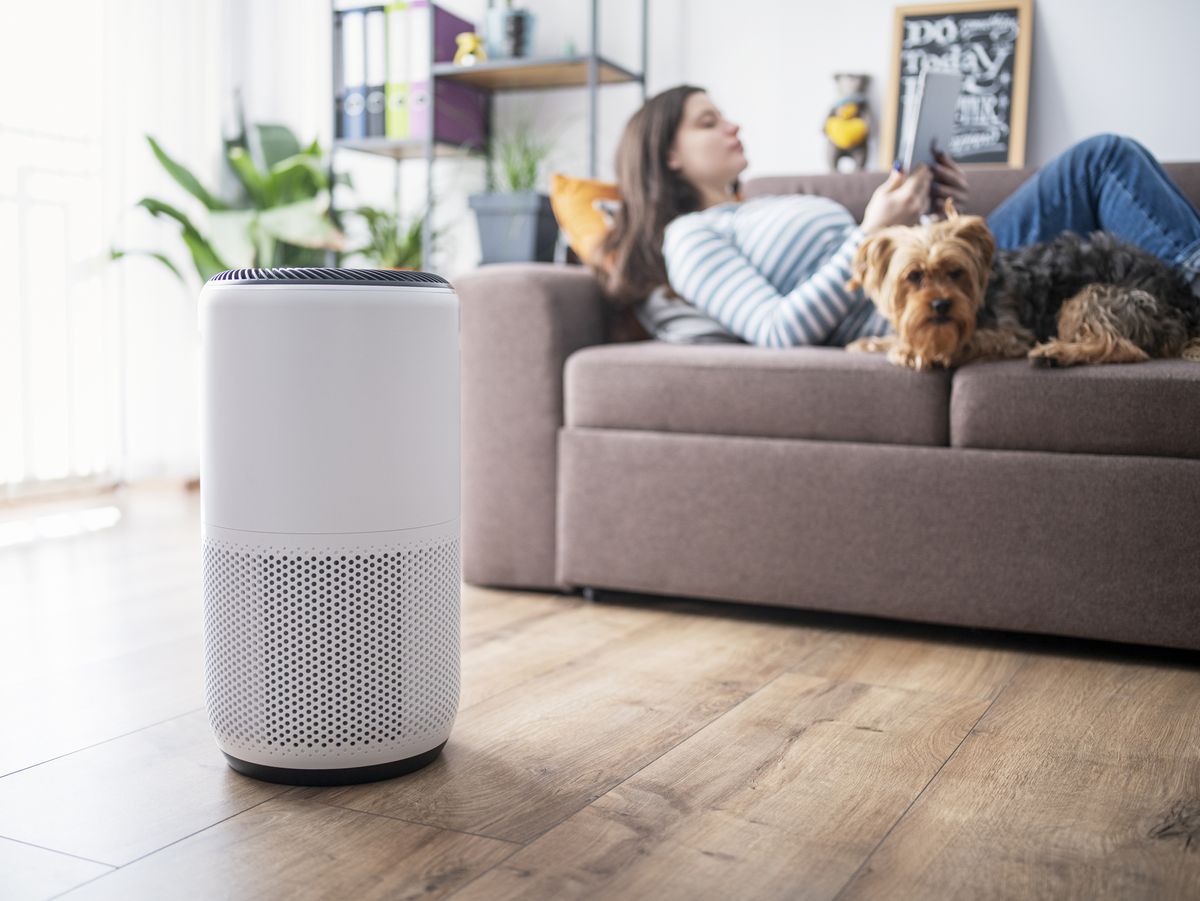
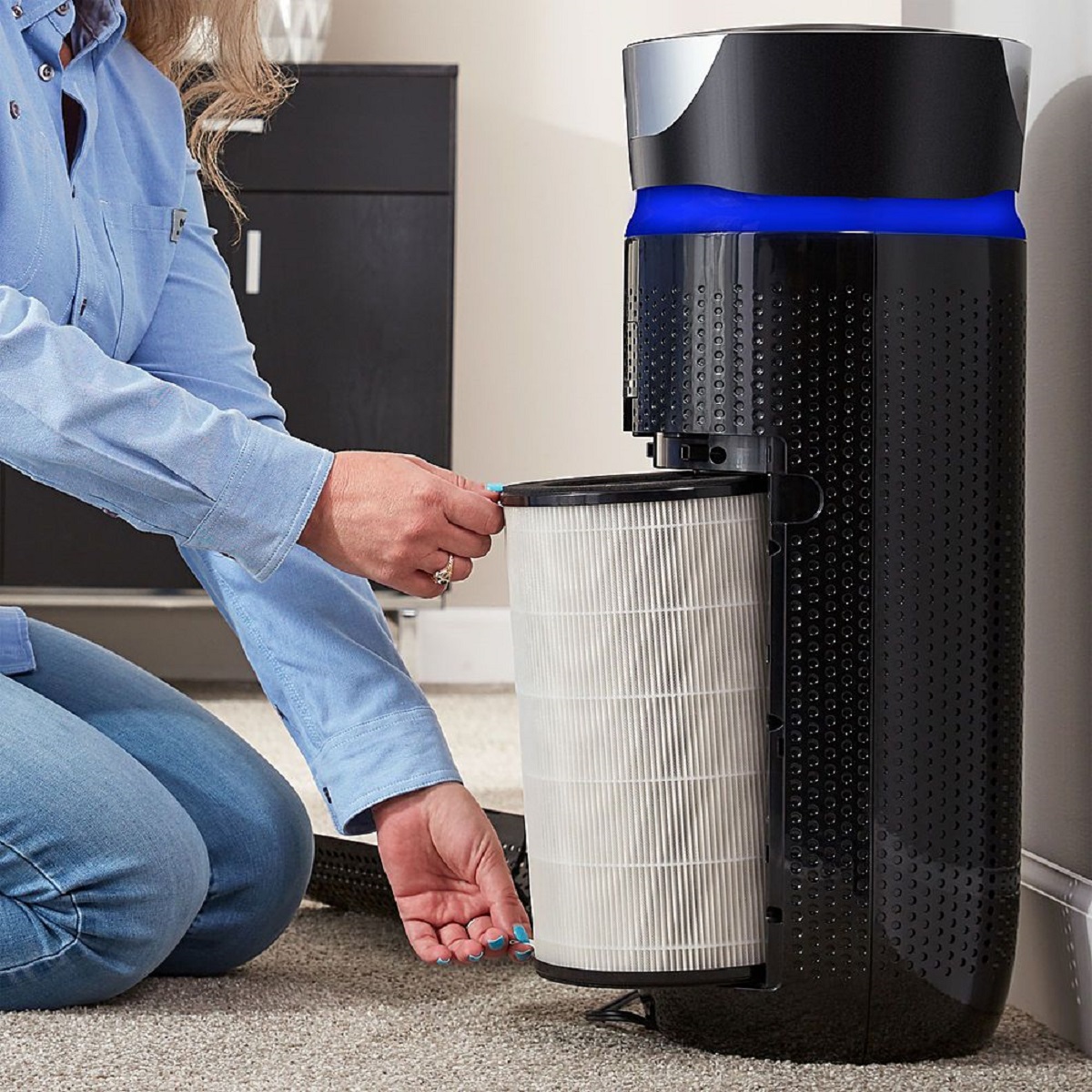
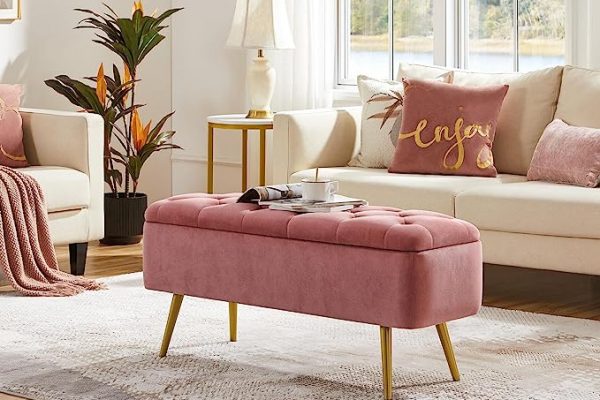
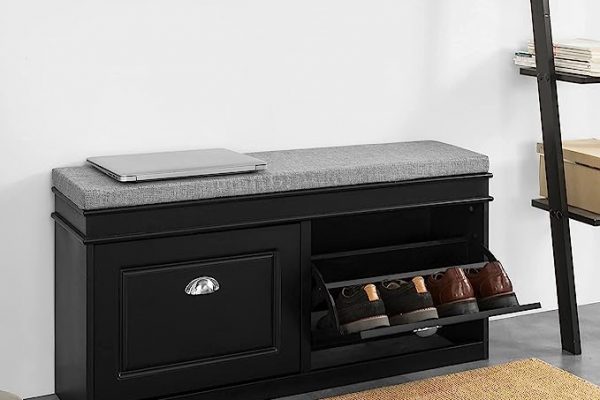
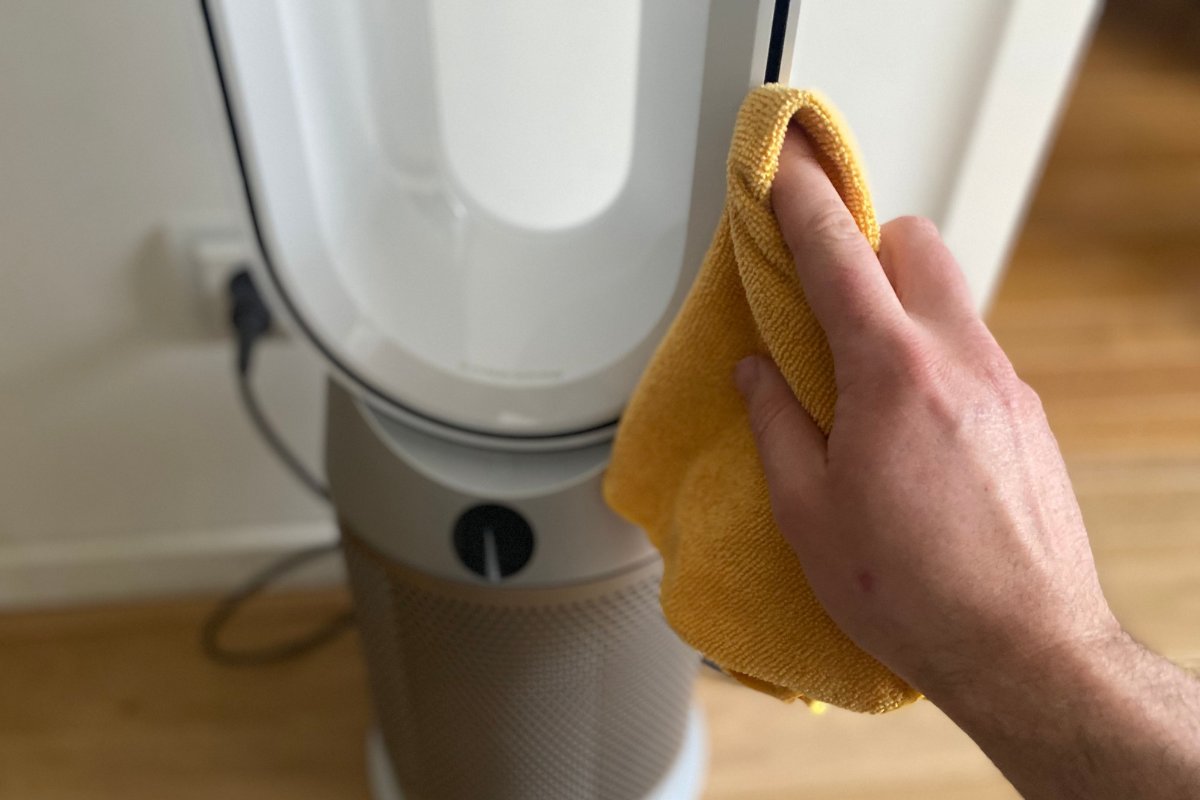

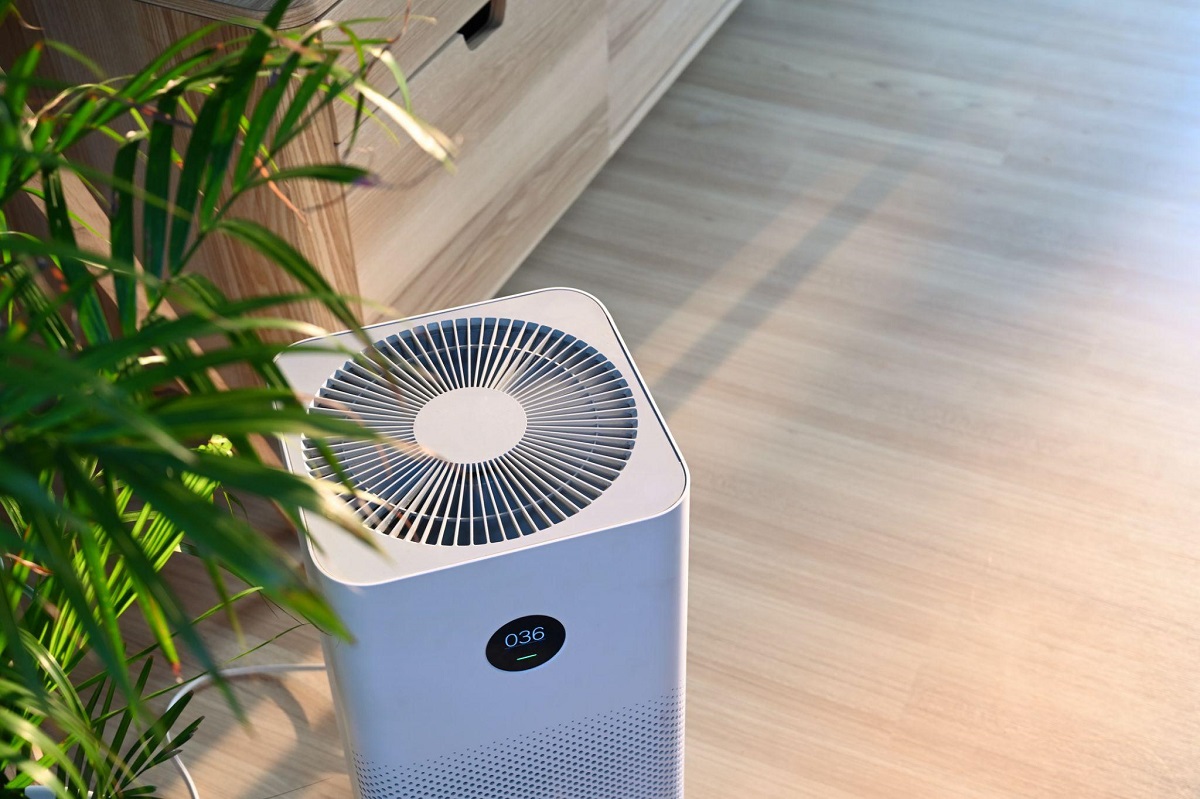

0 thoughts on “Indoor Air Purifying Plants: NASA’s Top Picks For Your Home”